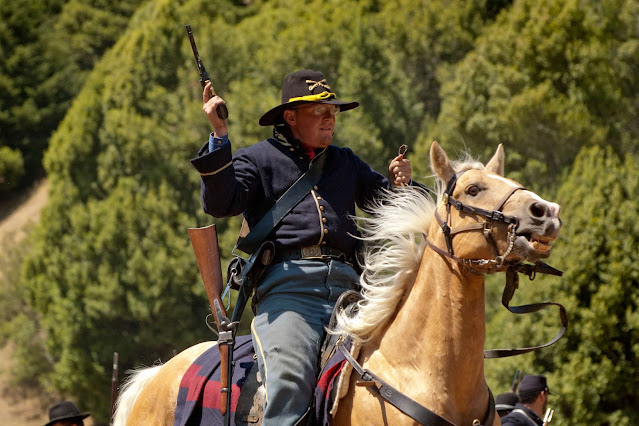Kids and artificial snow. What a combination. These three photos ran front page, below the fold, in the December 15 edition of the Journal. You can view a pdf of this issue by clicking here.
From a photographer's point of view, it was another "whole cloth" image with me scurrying about, looking for something, ANYTHING, that would capture the the viewer's attention long enough for them to read about the upcoming toy drive by the Belmont Fire Department. It turns out that the mountain of artificial snow was a gold mine for cute photos.
One thing that surprised me was the bottom photo of Madison. In my mad dash to make the photo, I resorted to a lighting modifier I never use: the Diffusion Dome that was included with the SB-800. Granted, it is not a particularly effective light modifier, but I will concede it has its place. Similar domes are made by Stoffen for a wide variety of flashes.
To my knowledge, Nikon is the only company that routinely includes this accessory with its high-end flashes. When used, the beam angle should be set to the widest level of disbursement, and the head tilted up to the 60 degree position. This does two things: It allows light to bounce forward and above onto the ceiling, and increases the apparent size of the light source. This gives a slightly better wrap around the shadow edges, and when used indoors allows for some light to bounce off any nearby walls. Probably the most important improvement is the elevating of the light source above the axis of the lens. Not as much as a Gary Fong Cloud Dome, but certainly higher that a direct, straight-on flash position and way more that the camera's built-in.
I admit that all these modifications to the light are relatively minor, but when taken together, produce a nicer photo than I had a right to expect. One thing is for sure: no light landed on the subject without being redirected, in some way, by the dome.
A closer examination of the main photo may give hints to why using the Dome worked so well. The shot was made at very close range using an 11-16mm Tokina wide angle lens. The camera, a D7000, was set to 1/60, 5.6, ISO 1600. The slower shutter speed allowed some of the light from the spotlight (seen in the upper right hand corner) helped to highlight Madison's hair. Notice too, that her movement caused the hair to blur, a necessary trade-off if I was to get that splash of light from behind her. Her face remains sharp because it was illuminated only by the brief burst of light provided by the flash.
The shot of Madison was one of the last ones taken that evening. Other lighting techniques were used earlier, with varying degrees of success.
This photo was made by bouncing an on-camera flash onto the wall of the firehouse behind me. The light is extremely even and the image full of detail. I was a little surprised that my single, on-camera flash could provide such even lighting. Note too, the bit of highlight on the edges of the Santa suit coming from the spotlight illuminating the area.
This photo, taken early in the evening, combined an on-camera Commander flash with an off-camera Remote mounted on a monopod held high overhead. A close examination of Laurel's face shows the tell-tale nose shadow created by the key-light/fill light combination. Unfortunately, shadows from a multiple light arrangement come back, screaming, when you examine the young boy in the background. His outstretched arm has two distinct shadows: one from my elevated Key light, and the other from the spotlight behind me. When dragging the shutter (increasing the exposure time to allow the ambient light to contribute to the overall illumination), shadows created by the ambient light can be seen right along side those created by the flash key light.
I wanted to include this photo because it shows that the ambient can affect the overall appearance of the photo in some very subtle ways. This shot was made with the dome equipped on-camera flash, but the spotlight was behind me, not in front as it was in the first image. The snow looks a little flat, probably because both the ambient and the flash are providing front light. The subject to camera distance was considerably longer than the first shot, so the light is much closer to the axis of the lens. The photo looks a bit flat with no "twinkle" to the snow.
Kids and a mountain of artificial snow. Life doesn't get much better for them, or for me.


















































